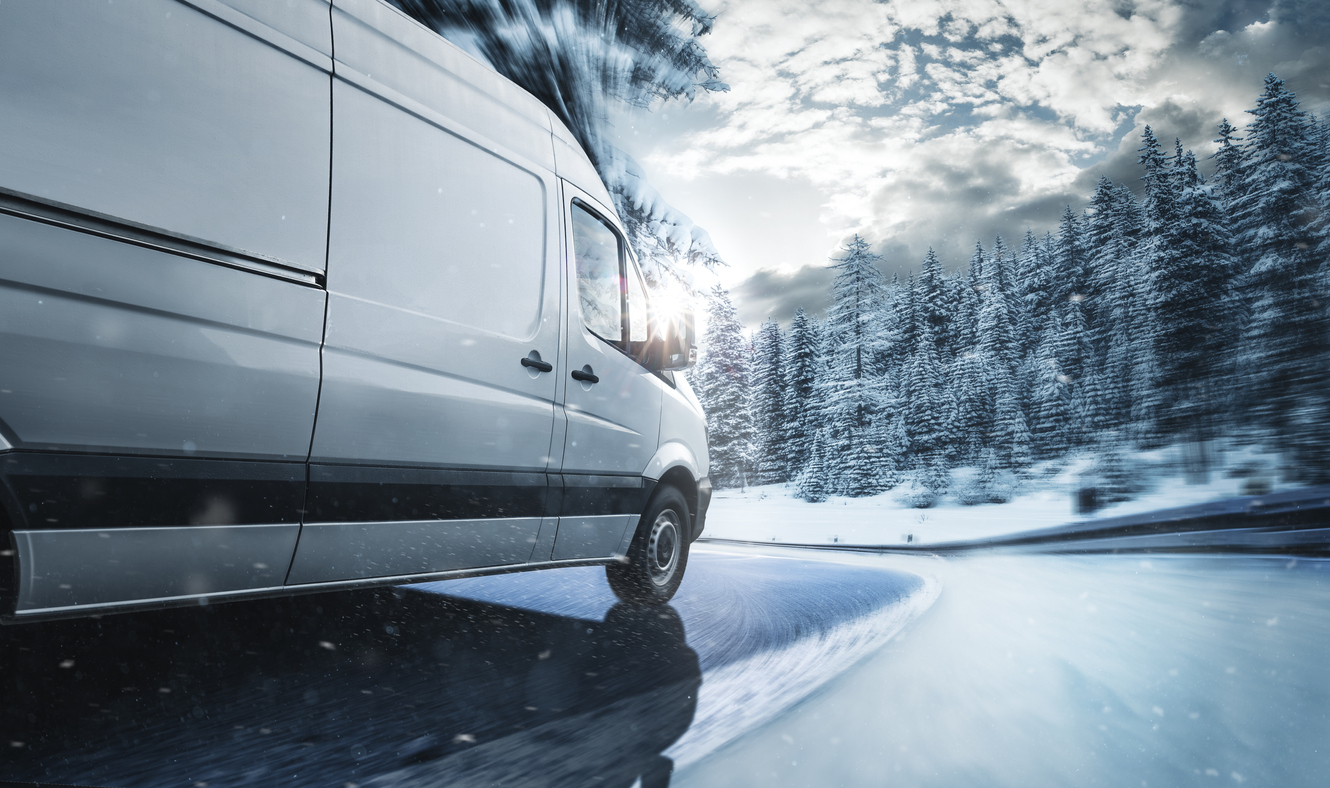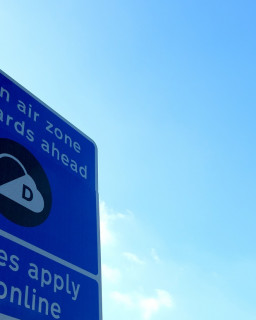Tips for tackling winter weather conditions
Remember to take extra care on the roads during the colder months when the temperature drops
We are experts in Britain now with cold, miserable weather and the blistering conditions that can come with that but that does not mean you can get comfortable driving in the unpredictable surroundings
Driving in rain or stormy conditions
When road surfaces becomes wet, your stopping distance doubles. This means should you suddenly brake to follow the flow of traffic; it will take you twice as long to slow down as it normally would on a dry surface. Maintaining a bigger gap between cars ahead of you will allow for more time and more space, decreasing the chances of a collision.
Reduce your speed when coming up to corners to ensure your vehicle does not skid and try alerting on-coming drivers of your presence using headlights.
Flooding
If there appears to be flooding alerts in place, avoid the area as best you can. However, should you find yourself presented with floods, be sure to drive through slowly in a low gear with high revs, this will allow you to keep momentum to get you through to the other side without getting stuck. Anything over 30cm is enough to damage your vehicle and leave you stranded.
Storms
Storms can pose a problem bringing ghastly winds and torrential rain as well as poor visibility. Side-winds on an open road can be dangerous, as they may cause your vehicle to be pushed into other lanes without warning. Different vehicle types will be affected by wind differently. Large commercial vehicles often have light power steering meaning it can be difficult to assess what the wheels are doing, meaning less experienced drivers could over-compensate or panic brake.
Strong Wind
When driving through strong gusts, make sure you have a firm grip of the wheel and reduce your speed before any bends. Watch out for any debris that may have fallen into the road such as branches. Keeping a safe distance from large vehicles such as buses or lorries is a good idea as turbulence can build up in their slipstream when travelling alongside them.
Navigating fog
In the winter months, fog becomes a more frequent weather condition particularly spread in the mornings and evenings. The already reduced daylight, along with mist in the air can be a headache for many drivers. When visibility drops to less than 100m (about the length of an average football pitch) you must use fog lights to enable others to see you better. Contrary to popular belief, high beams are your enemy. So, when it comes to fog, stick to regular headlights and fog lamps. Again, remember to make extra space between traffic to allow for slower braking times.
Snow and ice
The conditions many British drivers’ dread! Snow is like marmite here in the UK; you either love it or you hate it.
There are many things to factor in when driving in snow. Firstly, you should know that your stopping distance in these kinds of conditions can increase 10 times the normal amount. Leave extra room to ensure you maintain a safe distance from other road users. Carrying a shovel might be useful in case you need to remove built-up snow around tyres. Keeping on top of worn tyres is also important, although the legal limit is 1.6mm, the recommended tread depth for winter is 3-4mm minimum.
Ice
Ice can pose an even bigger danger for vehicles on the road, especially if its invisible, known as ‘black ice’. This type of ice is usually a thin coating on the roads and is typically transparent, allowing the road to peer through. This can be deceiving but if you look for a glare, a slight sparkle or gloss on the surface – sometimes you can spot it. Black ice can be hazardous and cause vehicles to skid and slide. Try to slow down if you think you are going to meet with black ice. If you happen to drive over a patch, keep your foot well away from the brakes and keep your steering as straight as possible. Braking whilst travelling over the ice can cause your wheels to slide.
Route Planning
Most importantly, when the weather conditions are bad, it is best to plan your journey ahead. If you can postpone or cancel your travel altogether when the weather is not on your side, then you should. If you really cannot defer your journey, for any reason, you should take the time to carefully plan your route.
Share to:
Find out more
Find out how Reflex Vehicle Hire can help your company.
Call 0330 460 9913 or visit our contact us page.







@2x.png)

